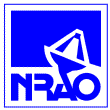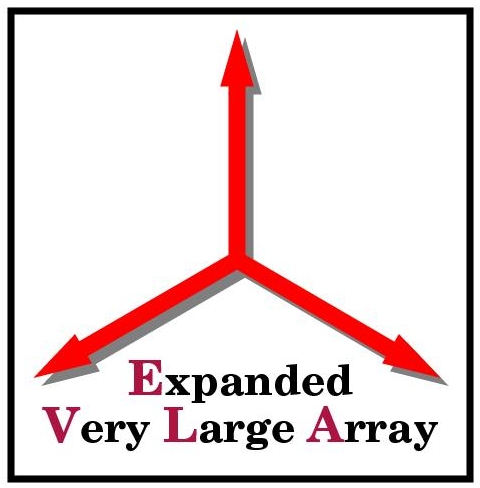 |
SSS Test Programs |
 |
The programs on this page were written so that programmers and astronomers could
test isolated portions of the SSS code. While a lot of testing is done automatically
during system builds, there are some things that are best left to humans.
-
Angle Parsing
-
This program takes text and interprets as an angle, latitude, or longitude.
It also demonstrates unit conversions and "normalizations".
While angle, latitude, and longitude share most of their parsing logic
(the Latitude and Longitude classes are backed by Angle), there are some
differences. Latitude and Longitude, for instance, will "auto normalize".
They also accept text such as "12:34:56.789" and "12 34 56.789".
-
Angular Separation
-
Takes two points on a sphere, specified in latitude and longitude,
and calculates the angular separation between them.
- Az/El from RA/Dec
-
(doesn't exist yet)
Calculates azimuth and elevation for a sky position expressed in
J2000 coordinates for a given time and location.
Also calculates parallactic angle.
-
Doppler - Full
-
The main purpose of this program is to ensure that we're using the
UK Starlink's (partial) java port of the SLALIB properly. The major
job of this code is to determine the relative velocity between a
point on earth and a point in the sky, in relation to a frame of rest.
Once the velocity is properly calculated, a rest frequency is then
shifted to an observed frequency.
The results of this program should be compared to those of
VLA's Dopset Tool.
If you use a source velocity of zero, you get an idea of the differences
these two programs produce for the velocity of the VLA toward a given
sky position.
-
Doppler - Mini, Calc Obs Freq
-
This program takes an emitted frequency and a total relative velocity
and calculates observed frequencies for different calculation conventions
(eg: radio, optical, etc.). Unlike the full version, above, this program
does not deal with the movement of the earth.
-
Doppler - Mini, Calc Obs Velo
-
This program takes an emitted frequency and an observed frequency
and calculates velocities for different calculation conventions
(eg: radio, optical, etc.). Unlike the full version, above, this program
does not deal with the movement of the earth.
-
EVLA Antenna Electronics
-
Made largely obsolete by the next program in this list.
-
EVLA Antenna Electronics - Automatic Configuration
-
Tests the ability of software to configure the LOs and switches of the EVLA
antenna electronics based on output signals requested by users. The user
enters 2, 3, or 4 central frequencies for the IF pairs and the software
attempts to tune the EVLA to produce those outputs. Users may also manually
set switches and tune LOs. See more details in
evlaAutoTuneAnnounce.pdf.
-
Time Calcs
-
Takes input in one of four forms: UTC, LST, JD, MJD and calculates the
others.
-
WIDAR Subbands - Frequency Calcs
-
|
Shows restrictions on bandwidths and central frequencies of subbands based
on baseband properties and other subband properties. |
 |
These are test programs and as such their user interfaces have not
been fully developed.
So far all of the test programs use Java Web Start and were compiled with
java 1.6. In order for the links to work, java must be enabled in your
browser and you need java 1.6 or later. If you do not wish to mess with
your browser's setting, you may use java directly from the command line.
Here's an example using the Doppler-Full program:
javaws https://webtest.aoc.nrao.edu/dharland/doppler/doppler.jnlp
You may get the latest java version from
Sun Microsystems.
If you will not be writing java code, download the latest Java Runtime
Environment (JRE).
- WIDAR Test Page

